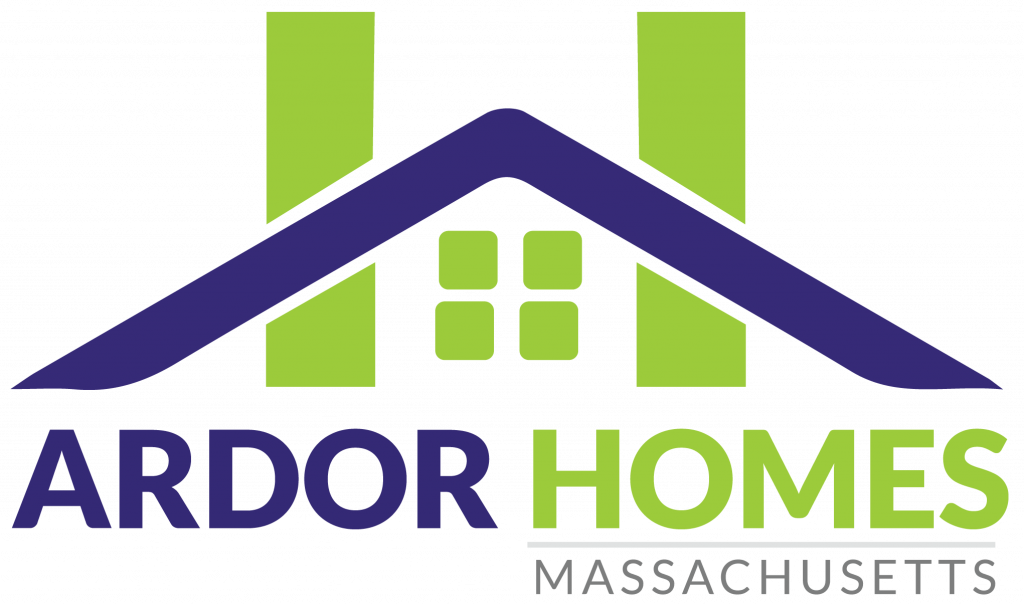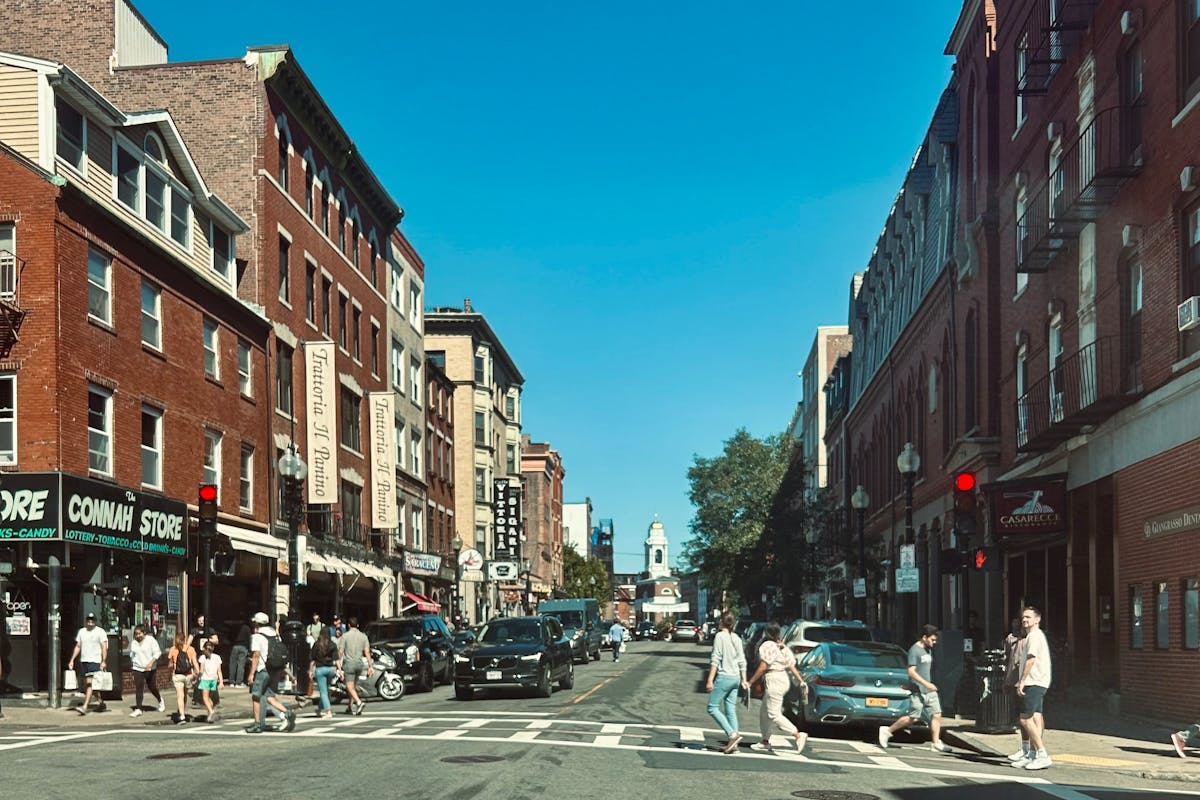
Navigating investment property mortgage rates is a crucial aspect of successful real estate investing. It can be overwhelming, but don’t worry, we’re here to help.
In this comprehensive guide, we will explore investment property mortgage rates in-depth, compare them to primary residence rates, and discuss financing options. We’ll discuss the factors that affect these rates, like the credit score, LTV ratio, and DTI ratio.
Also, we’ll share practical tips on how to get the best rates to boost your cash flow. So, join me as we learn about investment property mortgage rates, where knowledge is power in the ever-changing real estate market.
What Exactly are Investment Property Mortgage Rates?
Investment property mortgage rates are the interest rates on loans for properties that generate rental income or profits from price appreciation. These rates differ from primary residence mortgages. The reason? The higher risk associated with investment properties.
Lenders face more uncertainties when financing rental homes. Tenants might not pay rent on time, the owner might need help to cover repair costs, or the property could remain vacant.
All these factors increase the risk of loan default. To mitigate this risk, lenders charge higher rates for investment property loans.
Importance of Understanding Rates and Financing Options for Investors
Understanding investment property mortgage rates and financing options is crucial for real estate investors everywhere. Here’s why:
- Improved cash flow: You can lower your monthly mortgage payments by securing a competitive mortgage rate. This improves your rental property’s cash flow, which is essential for long-term success.
- Informed decisions: Knowing how factors like credit score, LTV ratio, and DTI ratio impact mortgage rates helps you make better financial decisions. You can work on improving these factors to secure lower rates.
- Risk management: Understanding different financing options allows you to choose the best fit for your investment strategy. This helps in managing risks and optimizing returns on your investment.
- Cost savings: Familiarity with various financing options help you identify opportunities to save on interest costs and other fees. This knowledge can contribute to the overall profitability of your investment.
Why are Investment Property Mortgage Rates Higher?
Now, you might be wondering why investment property mortgage rates are higher than those for primary residences. Let’s look into the factors that contribute to these increased rates.
Increased Risk of Default
The primary reason behind higher investment property mortgage rates is the increased risk of loan default. Let’s say a tenant loses their job and can’t pay rent.
As the whole investment property depends on the owner, you might struggle to cover the mortgage payment, leading to potential default. This scenario is more common with investment properties than primary residences.
Lower Occupancy Rates
Investment properties may experience vacancy periods, leading to reduced rental income and difficulty making mortgage payments. This adds to the overall risk for lenders, resulting in higher mortgage rates.
Higher Management Costs
Investment properties often require more management and maintenance than primary residences. These additional costs can impact the investment property rate and the owner’s ability to keep up with mortgage payments, further increasing the risk for lenders.

Factors Affecting Investment Mortgage Rates
Several factors influence investment property mortgage rates, and understanding them can help you navigate the market more effectively. Here’s what you need to know:
Credit Score
Your credit score has a vital role in determining mortgage rates. A high credit score means a lower risk for the lender, resulting in more favorable rates. For example, an investor with a 780 credit score will likely secure a lower rate than someone with a 620 credit score.
Loan-To-Value (LTV) Ratio
LTV simply means the ratio of the loan amount to the value of the property. A lower LTV ratio means that an investor has more equity in the property, reducing the lender’s risk. For instance, an investor with an 80% LTV ratio (20% down payment) may receive higher investment mortgage rates than a 60% LTV ratio (40% down payment).
Fannie Mae Guidelines
Fannie Mae, a government-sponsored enterprise, sets guidelines for conventional mortgages. These guidelines include loan-level price adjustments (LLPAs) based on factors like LTV ratio and credit score. For example, Fannie Mae may impose a higher fee for an investment property with a 75% LTV ratio than one with a 70% LTV ratio, which lenders pass on to borrowers at higher rates.
Comparing Investment Property Mortgage Rates to Primary Residence Rates
Understanding the difference between investment property mortgage rates and primary residence rates is crucial. It helps you make informed decisions about your investment strategies and manage your rental portfolio effectively. Here’s one example:
Example: 30-Year Fixed-Rate Loan on a $400,000 Home with 20% Down
To illustrate this, let’s compare the numbers for a primary residence and an investment property with a 30-year fixed-rate loan on a $400,000 home and investment property mortgages with a 20% down payment. Here’s a detailed comparison:
Primary Residence:
- Loan: $320,000
- Rate: 6.5%
- Monthly payment: $2,022.62
Investment Property:
- Loan: $320,000
- Rate: 7.375%
- Monthly payment: $2,210.16
Total Interest Paid Difference
Comparing these numbers shows the difference in interest paid over various timeframes. Here’s how it looks:
Comparing The Interest Paid:
1. First Year:
- Primary residence: $20,768.16
- Investment property: $23,403.21
- Difference: $2,635.05
2. First Five Years:
- Primary residence: $94,748.11
- Investment property: $109,364.98
- Difference: $14,616.87
3. Full Loan Term (30 Years):
- Primary residence: $408,142.36
- Investment property: $475,657.77
- Difference: $67,515.41
From the example above, it’s clear that the investment property mortgage has a higher monthly payment ($187.54 more) and higher total interest paid. This increased cost is due to the higher risks associated with investment properties.
Use a Mortgage Calculator Investment Property
Using a mortgage calculator investment property can help you estimate your monthly payments and the total interest paid over the loan term. This mortgage rates calculator can be beneficial in comparing different loan scenarios, like varying interest rates, loan amounts, or repayment periods.

How to Get the Ideal Investment Property Loan Rates
Securing the best investment property loan rates is essential for maximizing your return on investment. By taking several steps, you can optimize your chances of getting favorable terms for your rental property loan.
Improve Your Credit Score
A higher credit score often results in better loan rates. One way to boost your credit score is to pay off credit card balances and avoid taking on new debt.
For example, if your current score is 680, aim to increase it to 720 or higher. Consistently paying bills on time and reducing your credit utilization ratio will gradually improve your score, making you a more suitable borrower to lenders.
Make a Bigger Down Payment
A larger down payment can lead to better investment property loan rates. Lenders see borrowers with more equity as less risky.
For instance, if you put down 25% instead of 20% on a $300,000 property, you’ll borrow $225,000 rather than $240,000. This reduces the lender’s exposure and may result in a lower interest rate for you.
Reduce Your Existing Debt
Reducing your debt-to-income (DTI) ratio can also help you secure better investment property mortgage rates. Lenders prefer borrowers with a DTI of 43% or lower.
To lower your DTI, consider paying off high-interest debt, like credit cards or personal loans, before applying for an investment property mortgage. This improves your financial standing and demonstrates responsible money management to potential lenders.
Take Advantage of Multifamily Rates
Investing in a two-to-four-unit property can result in better loan rates, especially after fee reductions take effect. For example, if you purchase a triplex, you might secure a more favorable interest rate than a single-family rental property.
This improved rate can positively impact your cash flow. Therefore, enabling you to pay off your mortgage faster or use the additional income to achieve other financial goals.
Alternative Ways to Finance Investment Properties
Securing an investment property often requires a different approach when it comes to financing. Here, we will look at various alternative financing methods, providing more details about each option and discussing their pros and cons.
Home Equity Loan
A home equity loan, or a second mortgage, allows you to borrow against the equity built up in your primary residence. This type of loan can be used for a variety of purposes. This includes funding home renovations, paying for college, or purchasing homes for sale.
Lenders typically allow borrowing up to 80-85% of the equity in your home. The loan comes with a fixed interest rate and repayment term, usually between 5 and 15 years.
Pros:
- Fixed interest rate and monthly payments
- Potential tax benefits
Cons:
- Puts your primary residence at risk
- Reduced home equity
Open-End Mortgage
If you’re considering financing options for an investment property, you may have heard of an open-end mortgage. Essentially, what is an open-end mortgage, and what are its pros and cons?
Well, it allows you to borrow additional funds on the same mortgage, up to a predetermined limit, as you pay down the principal. This type of financing is similar to a HELOC but is tied to the investment property’s mortgage.
Pros:
- Access to additional funds as needed
- Streamlined financing for property improvements
Cons:
- Higher interest rates than closed-end mortgages
- Limited availability from lenders
Home Equity Line of Credit (HELOC)
A HELOC is a revolving credit line based on your home’s equity, similar to a credit card. You can draw funds up to a predetermined limit and repay them over time, often with a variable interest rate. HELOCs usually have a draw period of 5-10 years, followed by a repayment period of 10-20 years.
Pros:
- Flexible access to funds
- Interest-only payments during the draw period
Cons:
- Variable interest rate
- Primary residence at risk
Cash-Out Refinance
A cash-out refinance involves refinancing your existing mortgage for a higher amount compared to your current loan balance. The difference between the new and existing loans is paid out in cash. This cash can then be used to purchase an investment property or fund other expenses.
Pros:
- One loan payment
- Potentially lower interest rate
Cons:
- Resetting mortgage term
- Higher loan balance
Bridge Loan
A bridge loan is a short-term financing option to cover the gap between buying a new property and selling your current one. These loans are usually backed by the equity in your existing property and have terms ranging from six months to three years. Bridge loans are interest-only, meaning you only pay interest on the loan during its period.
Pros:
- Fast approval process
- Interest-only payments
Cons:
- High-interest rates
- Short repayment term
Hard Money Loan
Hard money loans are short-term, asset-based loans from private lenders, usually used for fix-and-flip investments or immediate financing needs. They have higher interest rates and shorter terms, often between 12 months and five years.
Pros:
- Fast approval and funding
- Flexible terms and conditions
Cons:
- High-interest rates and fees
- Short repayment term

FAQs
What is the Current Interest Rate on an Investment Property?
Currently (as of April 2023), investment property mortgage rates vary based on the loan term. For a 15-year fixed-rate loan, the rates range from 6.25% to 7.49%.
Meanwhile, for a 30-year fixed-rate loan, you can expect rates between 6.75% and 7.99%. Remember, these rates are subject to change and may differ based on your credit score and other factors.
What is the 2% Rule for an Investment Property?
The 2% rule is a guideline for investors, suggesting that the monthly rent for a property should be equal to or no less than 2% of the purchase price.
For instance, if you buy a property for $200,000, the monthly rent should be at least $4,000. This rule helps investors determine if a property has the potential to generate a good return on investment.
What is the 30-Year Investment Mortgage Rate?
The 30-year investment mortgage refers to the interest rate on a 30-year fixed-rate loan for investment properties. As mentioned earlier, these rates typically range from 6.75% to 7.99%.
Let’s say you’re purchasing an investment property for $200,000 with a 30-year mortgage rate of 7%. Over the 30-year loan period, you would pay a significant amount of interest. Still, your monthly payments would be lower than a shorter loan term.
Conclusion
In general, grasping investment property mortgage rates is vital for investors. Higher rates stem from increased default risk and factors like credit score and LTV ratio.
To get the best rates, improve your credit, make larger down payments, and explore alternative financing. Stay informed, consult professionals, and make well-informed decisions for your financial future.
If you’re considering buying or selling investment properties, turn to HOMESbyARDOR for a seamless experience. We have access to properties nationwide with a network of top real estate agents nationwide. Don’t hesitate to contact us now and let “us” make your home buying and selling fast, easy, and painless, so you can focus on what truly matters.

In her 25-year career, Steph Wilkinson has been involved in the acquisition, marketing and sales of over $3 Billion dollars of residential real estate. A number of years ago, Steph transitioned into Brokerage Leadership for National real estate brands and tech start-ups. She has served as a Business Strategist for real estate agents and brokerages alike and is also a real estate coach and trainer. In her new role with the Iconic Team, Steph will be responsible for the growth of the team and will be working with all of our agents to increase their productivity and bottom line.




